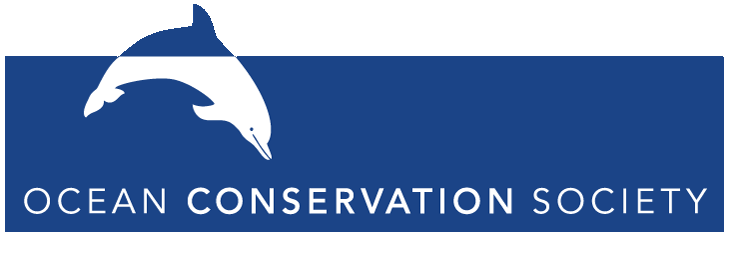California Dolphin Online Catalog

Why is this project important?
Over four decades of research have been conducted on coastal bottlenose dolphins off California. In response, OCS initiated the creation of an online database, the California Dolphin Online Catalog (CDOC) to help scientists along the west coast share photo-ID and other research data. Our large OCS dataset for the Santa Monica Bay and adjacent waters has also been shared in OBIS-SEAMAP, an interactive database for marine species that gathers data from around the globe. These wide-ranging collaborative efforts are key to better understanding and protecting the coastal population of bottlenose along their entire West Coast range.
How was the California Dolphin Online Catalog created?
Years ago, OCS spearheaded a statewide effort – conducted in collaboration with other organizations – for the development of an online digital repository for historical and future data that can be openly accessed by researchers around the world.
This photo-catalog and database, launched online in 2012, was named the California Dolphin Online Catalog (CDOC). Since then, the OCS research team and other scientists along the entire West Coast of the United States have contributed to the database.
The CDOC is now hosted by the open-access OBIS- SEAMAP program, a worldwide online database collecting data on a variety of species from ship/aerial surveys and satellite telemetry as well as acoustic monitoring and Photo-ID.
To date, researchers have contributed information dating back to 1981, identifying hundreds of individual bottlenose dolphins from Baja California to Oregon. OCS has contributed all the images of our best photo-identified individuals of coastal bottlenose since 1997, and continues to do so.
40
years of research data collaboratively contributed by marine scientists to the California Dolphin Online Catalog

What are the goals of this project?
The primary objective of the California Dolphin Online Catalog is to provide an online database and research tool freely available for use by scientists who study the coastal bottlenose dolphin population throughout its geographic range in California.
OCS’s primary goal for the CDOC is to continue to share our dataset with other scientists involved in this collaborative project.
CDOC is mainly intended to be a scientific resource, but it can also serve a strategic role in facilitating citizen-scientist involvement and increasing public awareness.
Another of our goals is to involve more people in using this great online tool for a better understanding of coastal bottlenose and the protection of this population.

“A key to conservation is for scientific organizations to look beyond their own research by actively sharing data and knowledge with others. OCS spearheading the California Dolphin Online Catalog is an example of the collaborative spirit it takes to meaningfully address global, environmental challenges that bind us to one another. We are in this together.”
How is data for the CDOC collected?
After all our photo-ID and matching work is completed, our data is shared with the California Dolphin Online Catalog. CDOC provides a standardized database structure where scientists can compare dorsal fin images to identify matches across study areas and sighting dates, and also communicate potential matches to one another.
Ultimately, scientists can access the CDOC database with OBIS-SEAMAP visualization tools on a map. Anyone can login and view the OBIS-SEAMAP, browse through species and databases (including our OCS dataset) and download data.
621 miles
(1000 km) Longest travel distance recorded for Smootch, a coastal bottlenose dolphin identified by the OCS research team and other scientists along the Pacific coast

How is this project important for conservation?
The small size of the coastal bottlenose dolphin population (under 500 individuals) and the nearshore presence of this species makes it extremely vulnerable to human-related dangers including pollution from coastal runoff, habitat degradation, and fishery-related mortality.
Considering that a substantial portion of this population travels along nearly 620 miles (1000 km) of coastline (see our movement patterns project), including into Mexico, collaboratively sharing data in one centralized online catalog is of great importance to understand potential risks for the survival of this species and better management of this dolphin population.
GET INVOLVED
Explore collaborative opportunities
If you’re working with coastal bottlenose dolphins along the West Coast of North America – either as a researcher or a citizen scientist – and want to collaborate on this effort, please contact OCS Research Director Dr. Maddalena Bearzi.
SUPPORT US
Collaborative research needs collaborative funding
Only through a collective effort can we better understand and conserve the coastal bottlenose dolphin populations along the entire West Coast of North America. And to do so we need the help of people like you. All donations for this project will go toward our collaborative work, both in the field and in the lab.

EXPLORE





